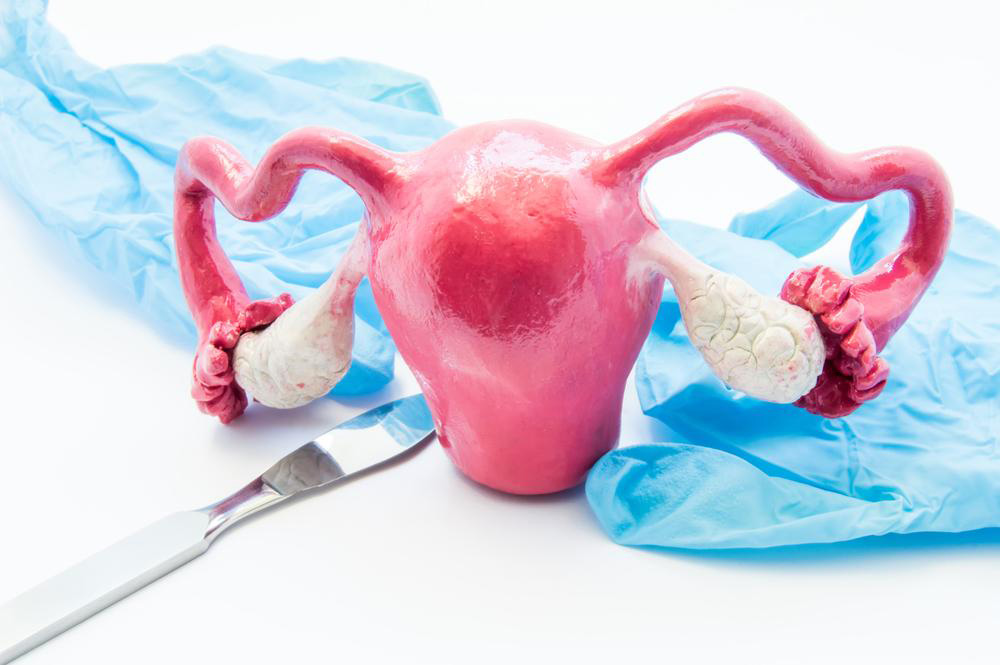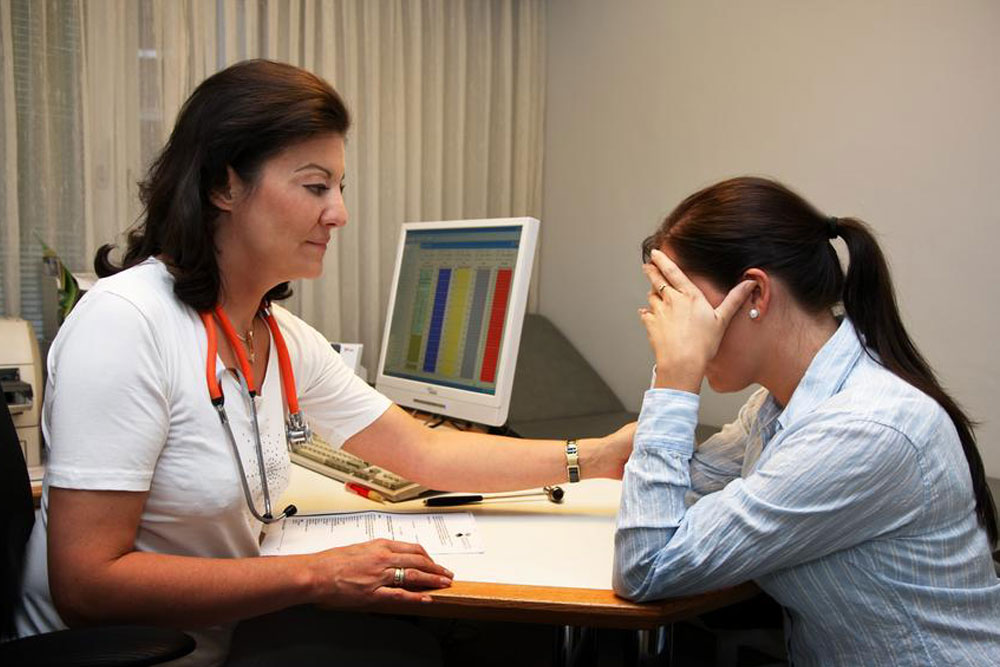Comprehensive Guide to Tubal Reversal Surgery: Restoring Fertility after Tubal Ligation
This comprehensive guide details the process of tubal reversal surgery, including pre-surgery evaluations, the surgical procedure itself, recovery tips, success rates, and financial considerations. Designed for women seeking to conceive after tubal ligation, it offers valuable insights into restoring fertility naturally and safely, emphasizing personalized medical assessment and realistic expectations.

In-Depth Overview of Tubal Reversal Surgery for Women Looking to Conceive Post-Tubal Ligation
Many women who initially chose tubal ligation as a permanent form of contraception later find themselves wishing to conceive again due to various personal reasons, including changes in life circumstances or relationship status. For these women, tubal reversal surgery presents a promising opportunity to regain fertility by restoring the natural pathway for egg and sperm to meet, thus increasing the chances of pregnancy safely and effectively. Understanding the nuances of this surgical procedure, including preparation, execution, recovery, and costs, is essential for making an informed decision about your reproductive health.
Pre-Operative Evaluation and Preparation
Before proceeding with tubal reversal, comprehensive medical evaluation is crucial. Your healthcare provider will review your medical history, focusing on the type and extent of previous tubal ligation procedures—whether clips, rings, cautery, or removal of long segments. Generally, women who had minimal portions of their tubes blocked or sealed are considered ideal candidates for this surgery. Factors such as age, ovarian reserve, overall reproductive health, and the presence of other conditions like endometriosis are also evaluated to predict success.
In addition to medical history review, diagnostic assessments play a vital role. Common tests include blood work to assess hormone levels and overall health, a hysterosalpingogram (HSG) to visualize the fallopian tubes and confirm their patency, and ultrasound scans to examine ovarian and uterine health. Your partner's fertility assessment, including semen analysis, is equally important to determine the likelihood of conception post-surgery. These evaluations ensure both partners are prepared for conception and help identify any additional factors that could impact fertility.
Surgical Procedure: What to Expect on the Day
The tubal reversal surgery is typically performed in an outpatient setting, allowing the patient to return home the same day. The procedure generally involves anesthesia—either local with sedation or general anesthesia—based on your health profile and surgical complexity. The surgeon begins with a small incision in the abdomen, often near the bikini line, or utilizes minimally invasive laparoscopy, which involves inserting a camera through a tiny incision near the navel.
During the procedure, the surgeon carefully examines the fallopian tubes to assess their condition. If suitable, the surgeon proceeds to remove any clips, rings, or cauterized segments, and carefully reattaches the healthy ends of the tubes using fine, dissolvable stitches. The goal is to reconstruct the tubes to restore their natural shape and function, facilitating the passage of eggs and sperm effectively. The entire surgery usually takes approximately 2 to 3 hours, depending on the complexity and extent of the initial sterilization procedure.
Postoperative Recovery and Care
Most women can expect to recover within one to two weeks post-surgery. It is common to experience mild to moderate discomfort, which can be managed with prescribed pain relievers. Following surgery, physicians typically recommend avoiding strenuous activities and heavy lifting for at least a week to allow proper healing. Light activities such as walking are encouraged to promote blood circulation and reduce the risk of blood clots.
Routine follow-up appointments will be scheduled to monitor postoperative recovery, and your healthcare provider will inform you when you're safe to resume normal activities, including sexual intercourse. Pregnancy can usually be tested for approximately three weeks after your surgery. Patience is essential, as it may take several months for conception to occur, depending on individual fertility factors. In some cases, additional fertility treatments such as ovarian stimulation or intrauterine insemination (IUI) might be recommended if conception does not occur within a certain timeframe.
Success Rates and Factors Influencing Outcomes
The success rate of tubal reversal varies widely based on several factors, including age, the type of ligation performed, and the overall health of reproductive organs. Generally, women under 35 have higher chances of conceiving post-surgery, often between 60-80%. The length and health of the remaining fallopian tubes significantly influence fertility outcomes; longer, healthy tubes tend to yield better results.
It's also important to consider that tubal reversal is not a guaranteed method of conception. External factors, such as ovarian reserve and partner's fertility, play crucial roles. Therefore, consulting with a fertility specialist can help set realistic expectations and explore additional options if needed.
Financial Considerations and Insurance Coverage
The costs associated with tubal reversal surgery are an important consideration. In many cases, insurance providers do not cover the procedure because it is categorized as a reversible sterilization. The total expenses include surgeon fees, anesthesia, hospital or surgical center costs, and postoperative care, which can accumulate to several thousand dollars—typically ranging from $5,000 to $10,000 or more.
Some clinics offer financing options or packages that can help ease the financial burden. It is advisable to thoroughly discuss costs and payment plans beforehand. Additionally, explore whether your health insurance offers any partial coverage or reimbursements for fertility-related surgeries or procedures.
Final Thoughts: Is Tubal Reversal the Right Choice?
Choosing to undergo tubal reversal surgery is a significant decision that involves careful consideration of your reproductive goals, health condition, and financial situation. It offers a natural pathway to conceive without relying solely on assisted reproductive technologies like IVF. However, success depends on various factors, and not all women are ideal candidates.
Before proceeding, consult with a qualified fertility specialist and your gynecologist to thoroughly evaluate your health and discuss all available options. With appropriate preparation and realistic expectations, tubal reversal can provide a renewed chance at pregnancy and parenthood, turning a previous sterilization into a new beginning.





